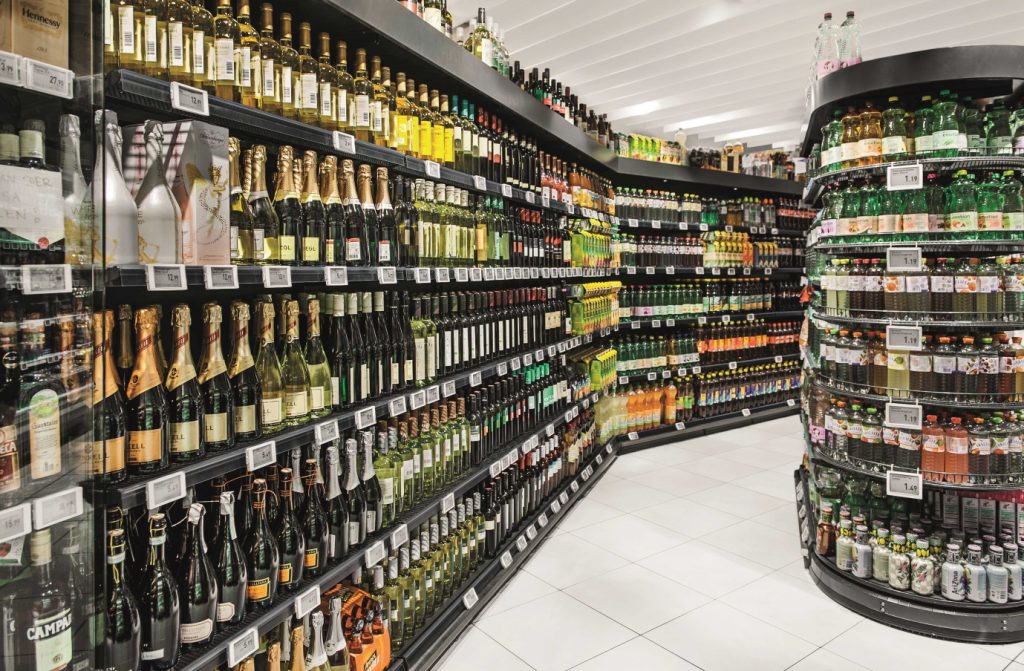Shop with Confidence – Cracking the Code of Supermarket Price Tags
Navigating the aisles of a supermarket can sometimes feel like deciphering a complex puzzle. Shelves stacked high with products, each adorned with price tags and labels can leave shoppers scratching their heads as they try to make sense of the pricing strategies employed by retailers. However, with a keen eye and a little understanding of the hidden patterns, it is possible to crack the code of supermarket price tags and shop with confidence. One common tactic supermarkets use is the strategic placement of prices. Eye-level shelves tend to display products with higher price points, as these are more likely to catch the attention of customers. Conversely, lower-priced items are often relegated to the lower shelves, requiring shoppers to bend down or kneel to find them. By being aware of this strategy, savvy shoppers can explore the lower shelves for better deals, avoiding the convenience-driven higher-priced options. Unit pricing, a powerful tool for cost comparison, can be a lifesaver for shoppers seeking value for their money. Unit price is the cost per standard unit of a product, such as price per ounce or price per unit. While items may come in different sizes, comparing their unit prices helps consumers quickly identify the most cost-effective option.

It is essential to note that bulk or larger packages are not always the best deal sometimes smaller sizes offer a better unit price, so it is worth doing the math supermarket price tag. A widely misunderstood trick is the use of price endings. Retailers often price products just below a round number, like $4.99 instead of $5.00. This psychological strategy, known as charm pricing, creates the illusion of a significantly lower cost and can influence purchase decisions. However, shoppers can counter this by rounding up and comparing prices without the charm – $4.99 becomes $5.00, making it easier to evaluate the true value of the product. Promotional offers and multi-buy deals can provide substantial savings, but they may not always be as good as they seem. The BOGO Buy One, Get One deal, for instance, might entice shoppers into purchasing more than they need. Analyzing the actual price per unit or item and comparing it to regular prices is crucial to ascertain the worth of these offers.
Loyalty programs and digital coupons are becoming increasingly popular in supermarkets. These personalized discounts are often tied to customer data, encouraging shoppers to return for more purchases. While these programs can offer valuable savings, they can also tempt consumers into buying items they do not need. Shoppers should approach these deals with a critical eye, ensuring that the savings align with their actual shopping habits. In the digital age, technology can be an ally in decoding supermarket pricing strategies on electronic price tags. Numerous apps and websites allow shoppers to compare prices across different stores, track historical price data, and receive alerts about sales and discounts. Armed with these tools, consumers can make informed choices and truly shop with confidence. In conclusion, the world of supermarket pricing may seem enigmatic, but armed with knowledge; shoppers can crack the code and navigate the aisles with confidence. By understanding tactics such as strategic placement, unit pricing, price endings, and promotional offers, consumers can make informed decisions that align with their budgets and needs. As technology continues to advance, staying apprised of digital resources and tools can provide even more power to shoppers seeking the best deals.
